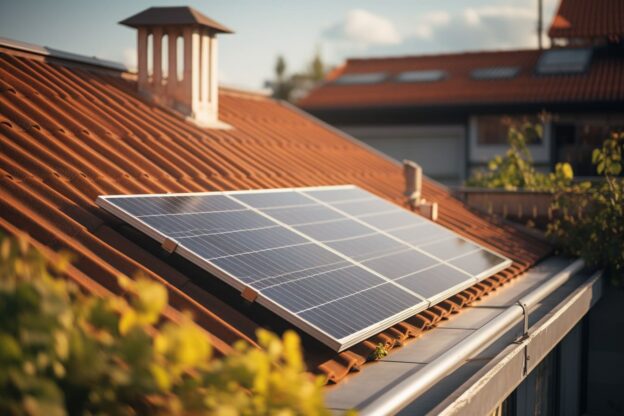Are you considering installing solar panels on your home? If so, you’re in good company. According to the Solar Energy Industries Association, the number of solar installations in the U.S. has increased dramatically in recent years, with more than 3 million systems installed as of 2020. One of the primary reasons for this surge in popularity is the potential savings on energy bills. Solar panels can help homeowners reduce their reliance on the grid and lower their monthly energy costs. In this article, we’ll explore some tips for using solar panels to maximize your savings and minimize your energy bills.
1. Choose the Right System for Your Home
The first step in maximizing your savings with solar panels is to choose the right system for your home. The size and type of solar panel system you need will depend on a variety of factors, including your energy usage, the size of your home, and the amount of sunlight your property receives. A reputable solar installation company can help you determine the right system for your needs.
2. Take Advantage of Tax Credits and Incentives
One of the biggest benefits of installing solar panels is the financial incentives available to homeowners. The federal government offers a tax credit for homeowners who install solar panels on their property, which can offset a significant portion of the installation costs. In addition, many states and local governments offer incentives such as rebates or grants for homeowners who install solar panels. Be sure to research the incentives available in your area to ensure you’re maximizing your savings.
3. Monitor Your Energy Usage
One of the best ways to maximize your savings with solar panels is to monitor your energy usage. Many solar panel systems come with monitoring tools that allow you to track your energy production and usage in real-time. By keeping an eye on your energy usage, you can identify areas where you may be able to cut back and reduce your energy bills even further.
4. Take Advantage of Net Metering
Net metering is a program offered by many utilities that allows homeowners with solar panels to sell excess energy back to the grid. This means that if your solar panels produce more energy than you use, you can earn credits on your energy bill that can be used to offset future bills. Be sure to check with your utility provider to see if net metering is available in your area.
5. Maintain Your Solar Panels
Finally, it’s important to maintain your solar panels to ensure they’re operating at maximum efficiency. This includes cleaning the panels regularly to remove any dirt or debris that may be blocking the sunlight, as well as checking the panels for any damage or wear and tear. By keeping your solar panels in good condition, you can ensure they’re producing the maximum amount of energy possible, which can help you save even more on your energy bills.
Conclusion
Installing solar panels on your home is an excellent way to reduce your energy bills and minimize your carbon footprint. By choosing the right system, taking advantage of incentives and programs, monitoring your energy usage, and maintaining your panels, you can maximize your savings and enjoy the benefits of clean, renewable energy for years to come.









